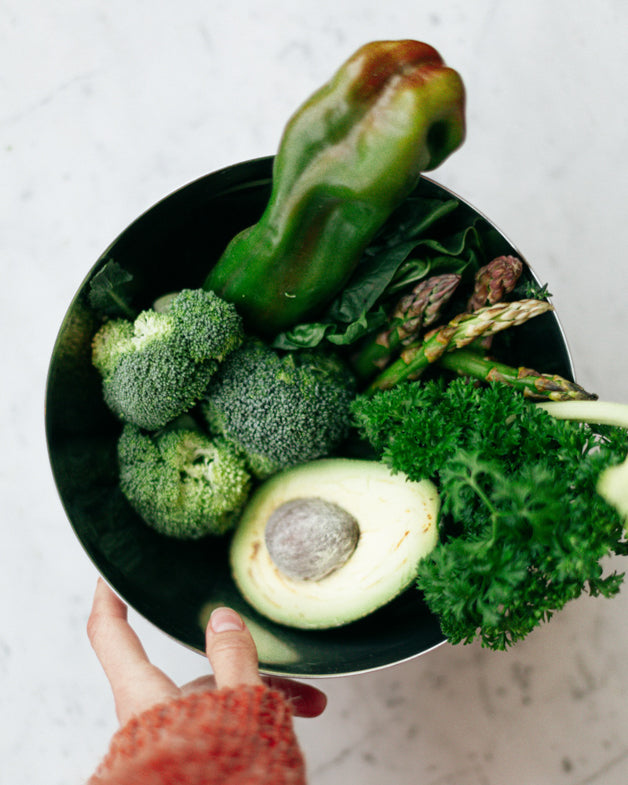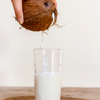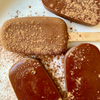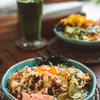Treatment for Candida, Fungal and Yeast Overgrowth

Candida, yeast and fungal infections are more common than you think, and be responsible for so many random niggling symptoms as well as symptoms you can't ignore.
When wanting to overcome an overgrowth or infection, these guys are masters of survival, so there is a lot to consider in the treatment process (trust me, even as a gut health specialist these guys keep me on my toes). To help you understand if you have an issue and what to do about it, here are the must knows.
What are the symptoms of a candida or yeast infection?
-
Gut: bloating (particularly if stubborn to treat and bacterial treatments aren't helpful), excess and smelly gas, general digestive upsets such as heartburn, constipation and a white coating on your tongue.
-
Diet: food reactions and sugar cravings (Download your FREE guide on sugar cravings)
-
Skin: rashes, flakey skin, dandruff like issues, finger and toe nail infections
-
Immune system can be compromised leading to opportunistic infections and finding it hard to fight off infections such as chronic sinusitis
-
Mental health and brain function: Poor concentration and brain fog are big, headaches, depression and low mood
-
Genitals: thrush, vaginal discharge that is unusual is smell, colour or appearance, itchiness or irritation
What is the main cause of a yeast, fungal or candida infection?
Candida albicans is an important human opportunistic fungal pathogen which is frequently found as part of the normal human microbiota. It is harmless and coexists in harmony with other bacteria and organisms.
Candida is found on many surfaces of the human body including oral cavity, the gut, the urogenital tract and skin.
-
Alcohol
-
Antibiotics (especially overuse or chronic use)
-
Steroid medications (ventolin, cortisone)
-
Oral contraceptive pill
-
Diet high in sugar and carbohydrates
-
Stress leading to a lowered secretary IgA (immune marker in your gut)
-
Illness
-
Pesticides and glyphosate
-
Smoking
-
Heavy metals especially mercury (1)
Are all yeast infections candida?
How do you test for infections?
-
Swabs and cultures for skin and vaginal based infections
-
Stool testing for systemic issues and digestive systems. Not all stool tests are the same and need to consider if culture based methods, metagenomics or molecular techniques.
-
Blood samples, however can often be negative.
-
Urine testing to assess for yeast and fungal markers and metabolites (this is the best for gut issues, and what I use in my Melbourne clinic).
They all have pros and cons which need to be weighed up for each person.
How do you treat Candida?
What about the Candida Diet?
How long does it take to get rid of Candida?
-
They form elaborate biofilm around themselves which allows them to a) avoid detection by our immune system and b) escape the effects of treatment interventions
-
They invade our mucosal surface furthering their ability to avoid detection and treatment
-
They have a robust cell wall that contain something called mannose glycoprotein. This suppresses our immune system and gives them the chance to adapt to our local conditions. Their ability to adapt to the environment is what one of the reasons they can be persistent and chronic in their infection.
-
They can adapt and become resistant to antifungal medications if treatments are prolonged.
There are many more skills including their ability to tolerate high host temperature and have metabolic adaptations that help them survive and thrive (2).
-
Posted in
Gut Health







